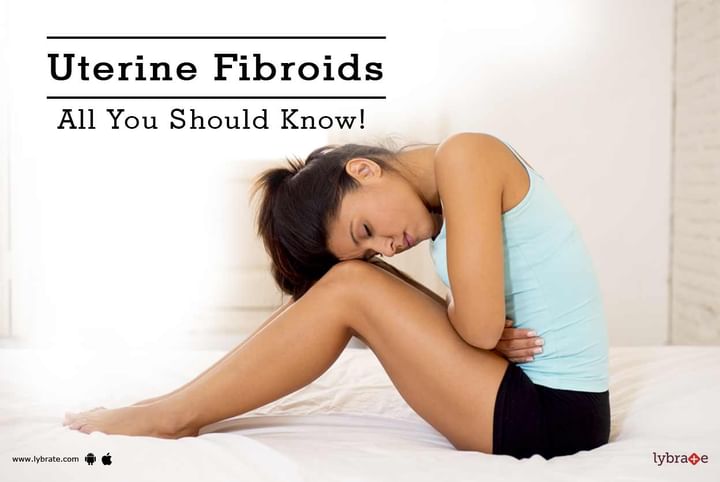Uterine Fibroids - All You Should Know!
Definition
Uterine fibroids are noncancerous growths of the uterus that often appear during childbearing years. Also called leiomyomas (lie-o-my-O-muhs) or myomas, uterine fibroids aren't associated with an increased risk of uterine cancer and almost never develop into cancer.
Uterine fibroids develop from the smooth muscular tissue of the uterus (myometrium). A single cell divides repeatedly, eventually creating a firm, rubbery mass distinct from nearby tissue. Fibroid location, size and number influence signs and symptoms:
TYPES
• Submucosal fibroids: Fibroids that grow into the inner cavity of the uterus (submucosal fibroids) are more likely to cause prolonged, heavy menstrual bleeding and are sometimes a problem for women attempting pregnancy.
• Subserosal fibroids: Fibroids that project to the outside of the uterus (subserosal fibroids) can sometimes press on your bladder, causing you to experience urinary symptoms. If fibroids bulge from the back of your uterus, they occasionally can press either on your rectum, causing a pressure sensation, or on your spinal nerves, causing backache.
• Intramural fibroids: Some fibroids grow within the muscular uterine wall (intramural fibroids). If large enough, they can distort the shape of the uterus and cause prolonged, heavy periods, as well as pain and pressure.
Symptoms
In women who have symptoms, the most common symptoms of uterine fibroids include:
• Heavy menstrual bleeding
• Prolonged menstrual periods - seven days or more of menstrual bleeding
• Pelvic pressure or pain
• Frequent urination
• Difficulty emptying your bladder
• Constipation
• Backache or leg pains
• Abnormal menstrual bleeding, such as:
o Heavier, prolonged periods that can cause anemia
o Painful periods.
o Spotting before or after periods.
o Bleeding between periods.
• Pelvic pain and pressure, such as:
o Pain in the,abdomen pelvis, or low back.
o Pain during sexual intercourse.
o bloating and feelings of abdominal pressure.
• Urinary problems, such as:
o Frequent urination
o Leakage of urine (urinary incontinence).
o kidney blockage following ureter blockage (rare).
• Other symptoms, such as:
o Difficulty or pain with bowel movements.
o infertility. Sometimes, fibroids make it difficult to become pregnant.
o Problems with pregnancy, such as placental abruption and premature labor.
o miscarriage.
Tests and diagnosis
- Ultrasound
- Magnetic resonance imaging
- Hysterosonography
- Hysterosalpingography
- Hysteroscopy



+1.svg)
